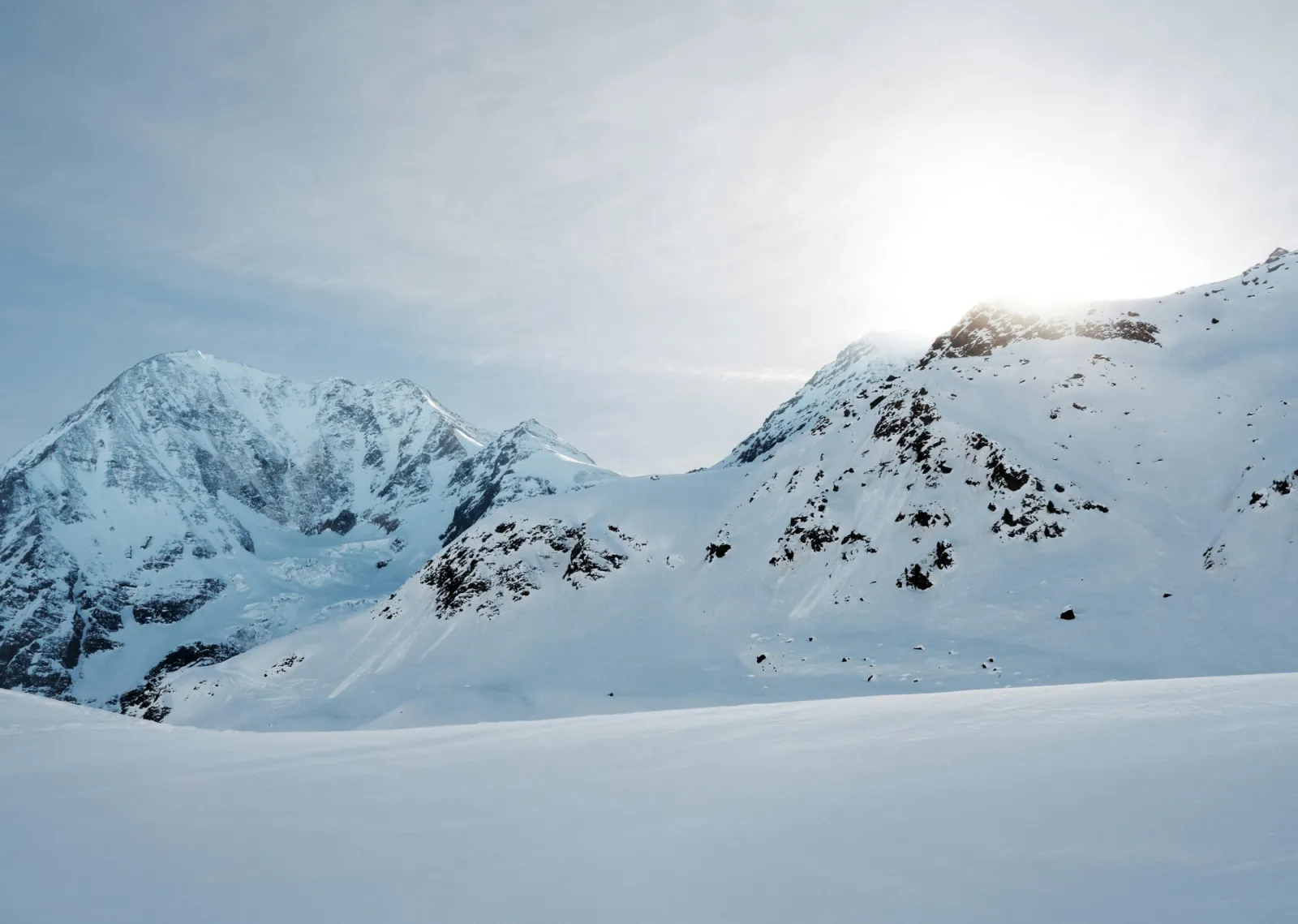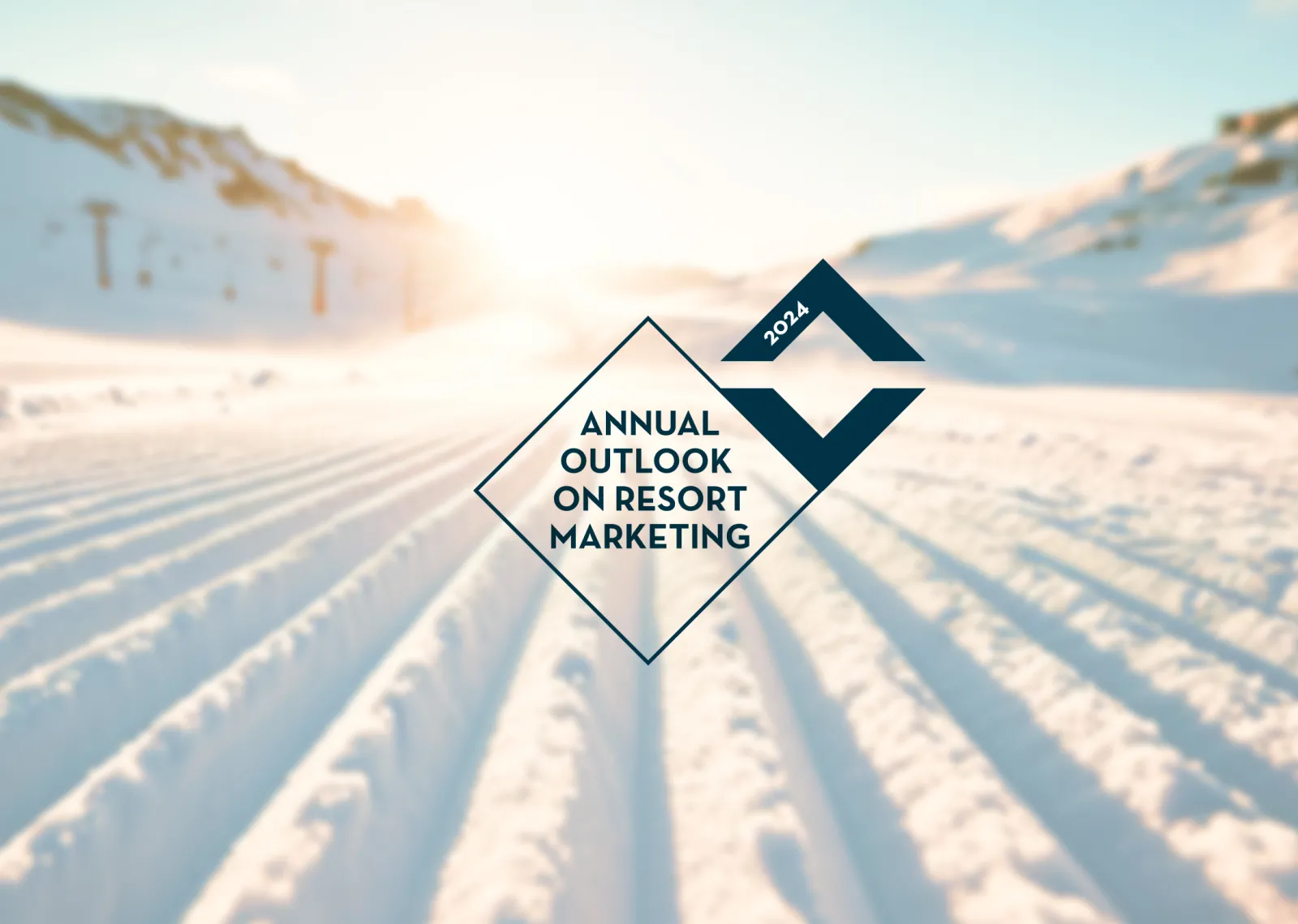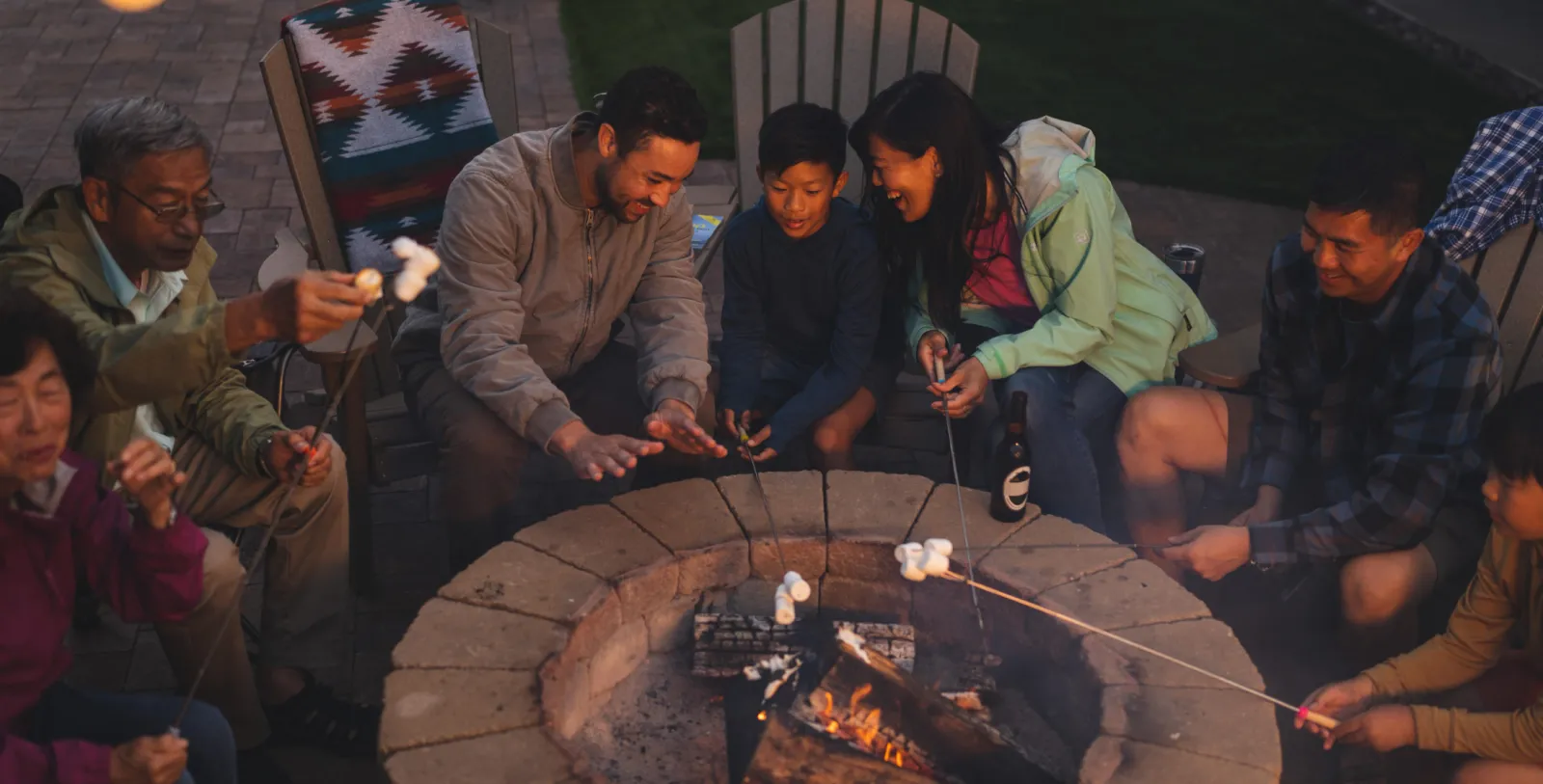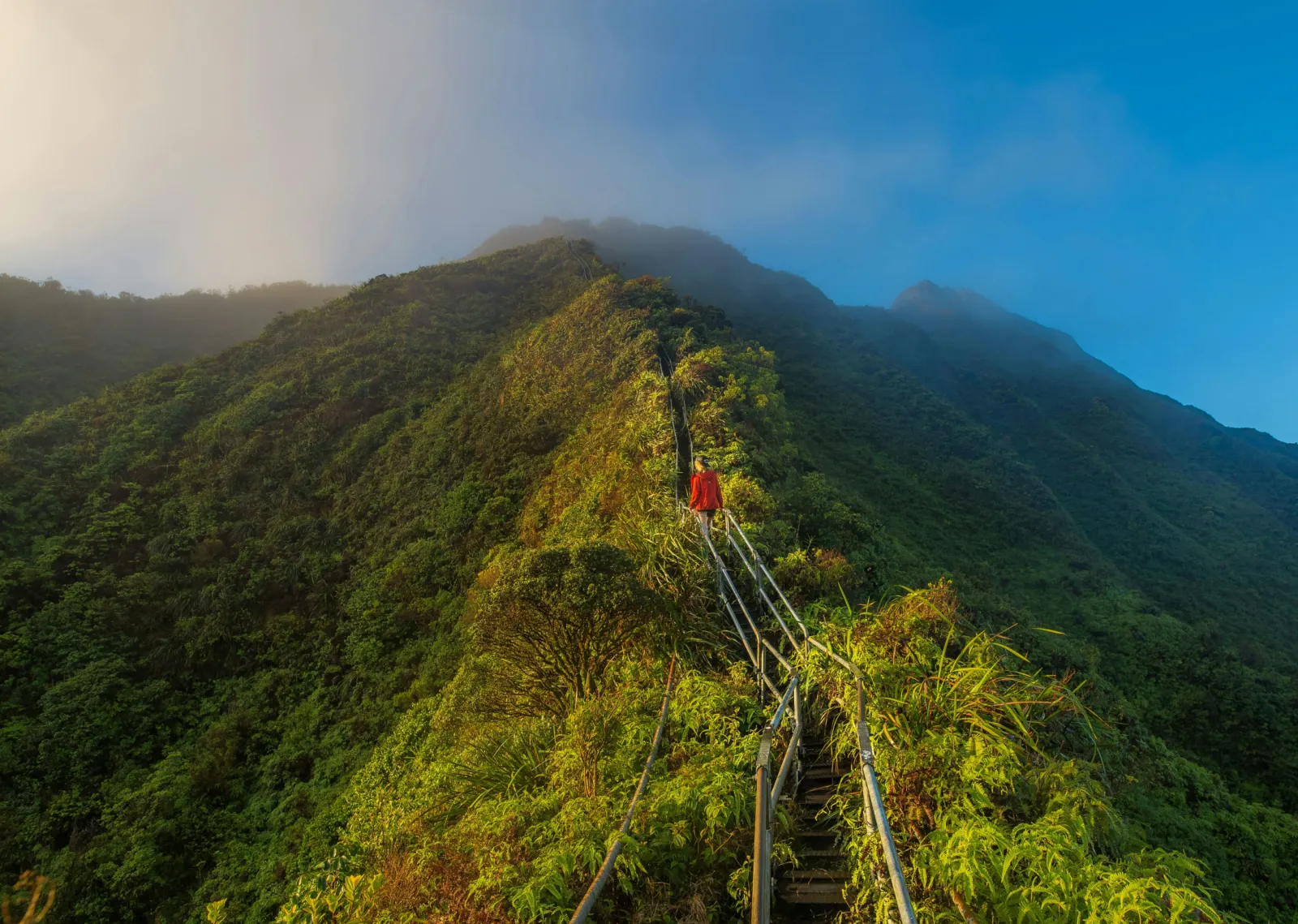5 Consumer trends impacting outdoor marketing
Not dissimilar from a mountain breeze, consumer trends in the outdoor industry can be fickle and ever-changing. To avoid missing the winds of change, we’ve rounded up a handful of the top trends influencing outdoor consumer behaviour today, paired with initiatives by brands who aren’t relying on existing customer segmentation and traditional outdoor marketing to keep pace with the evolving trends and macro-shifts affecting their customer base.
Check out our post Trends Driving Outdoor Marketing in 2022 for more up-to-day information on what’s been trending. Additional articles can be found on our Marketing Trends & Insights page.
Here are five trends that are shaking the outdoor industry’s understanding of who buys and why and creating opportunities for new and existing brands alike to redefine their audiences and messaging.
1. Millennials are no longer the future, they are the now.
By 2025, Millennials will account for over 75% of the working population. Their lifestyles, purchase behaviours, and expectations of brands are vastly different than that of the aging Gen X and Boomer generations. Brands that have grown up with these traditional consumers need to rethink how they will remain relevant with this burgeoning customer-base.
While there’s a growing backlash against painting all Millennials with one brush, which further speaks to the independent and diverse nature of people that fall in this broad category, as a whole the millennial generation’s tastes lean towards experiences over material goods and inclusivity over exclusivity.
Smart outdoor brands are adapting their marketing and business models to the experience economy, and are moving away from the ultra-exclusive athlete-driven inspiration of the past. Outerwear brand Fjall Raven organizes treks and expeditions where customers can meet other fans of the brand and put their gear to use experiencing these amazing adventures.
At the same time, athletes are no longer the only celebrities of the outdoor world—instagrammers and YouTube influencers are amassing thousands of dedicated followers with honest, authentic and transparent content, leading many to reconsider the traditional athlete-driven marketing of the past.
2. A new definition of “outdoor”, and with it a new competitive set.
Athleisure, “durable goods” and versatility trends are changing how and why consumers buy outdoor apparel. These trends are broadening definitions and blurring industry lines, and they are opening the door for new competitors to play in the outdoor space, while at the same time allowing existing outdoor brands to redefine themselves.
On one hand, brands like lululemon are taking advantage of these blurring lines to reach outdoor consumers, sponsoring athletes and ambassadors in the surf, snow and mountain bike space. On the other, in 2015 Burton further expanded its category focus from snow into the “durable goods” lifestyle category. Both examples speak to the blurring lines and opportunities that this trend brings.
3. Story and cause compete with performance and technology.
More than ever, consumers are looking for more than performance and technology from their outdoor gear. Waterproofing, breathability, and comfort are now base-line expectations, not unique selling points.
Heritage, values, authenticity, and cause; these are increasingly important parts of the brand experience. Consumers are looking for outdoor gear that not only supports their active lifestyle, but allows them to express their beliefs and values through the brands they choose to wear, and to feel good about the consumption decisions they make.
While it may be one of the most referenced outdoor marketing campaign in recent times, Patagonia’s Worn Wear program and the surrounding marketing provides a good case study of how willing consumers are to get on board with and support cause-related programs. REI’s Black Friday stunt #OptOutside is another well known example. Another interesting mix of cause marketing and brand activation is Luna Bar’s Lunafest, an annual film festival supporting female filmmakers and women’s equality.
4. Bridging the Urban-Outdoor gap.
The Outdoor Industry Association estimates that around 34% of outdoor consumers live in urbanized areas, and that ratio will continue to grow with ongoing urbanization trends. Many urban-dwelling outdoor consumers weren’t raised on traditional outdoor activities and don’t define themselves as “outdoorsy”, yet the activities they enjoy often take them outside.
Socialization, competition and fitness drive these consumers more than a connection with nature or a passion for the outdoors. This poses a challenge to brands who’ve built their positioning around outdoor pursuits, and an opportunity for leisure and athletic brands looking to push into the outdoor space.
The North Face launched their Mountain Athletics program in 2014 to address this trend, and has continued to develop product that bridges the urban-outdoor gap under the label, while appealing to a more urban audience with their marketing. Their efforts have largely revolved around the social and competitive aspects of athletic training, and in 2015, Origin worked with The North Face Canada on a brand activation where we hosted training sessions in outdoor spaces at four stops around Canada. The events were highly social and attracted over 100 people at the Whistler stop.
5. Inclusivity, outdoors.
Let’s face it; the outdoor industry has historically lacked diversity, and outdoor marketing doesn’t reflect the makeup of modern society. This has resulted in an industry that can feel elitist and un-inclusive to those that don’t look like the “typical” outdoor athlete. Traditional ethnic, gender and body-image norms in the outdoor industry alienate a massive number of potential customers, and wise brands are working to make the outdoors more inviting and inclusive to all.
This is an opportunity that to this date remains fairly untapped from a marketing perspective, but some brands are taking steps in the right direction as outlined in this excellent article on Adventure Journal, and another on Outside Online.
So there you have it - there’s little doubt that change is in the air. Did we miss anything? Have you seen any other examples of brands adapting to these shifts? Leave a comment to let us know.
We’d Love to Hear from You
Trends come and go, and some may even evolve.
Connect with our MMGY Origin outdoor industry experts to learn more about what trends may be affecting your online efforts.
You can reach us through our Contact Form
Subscribe to our monthly newsletter at https://www.originoutside.com/newsletter for the most current articles and “Insights on The Outdoors.”







